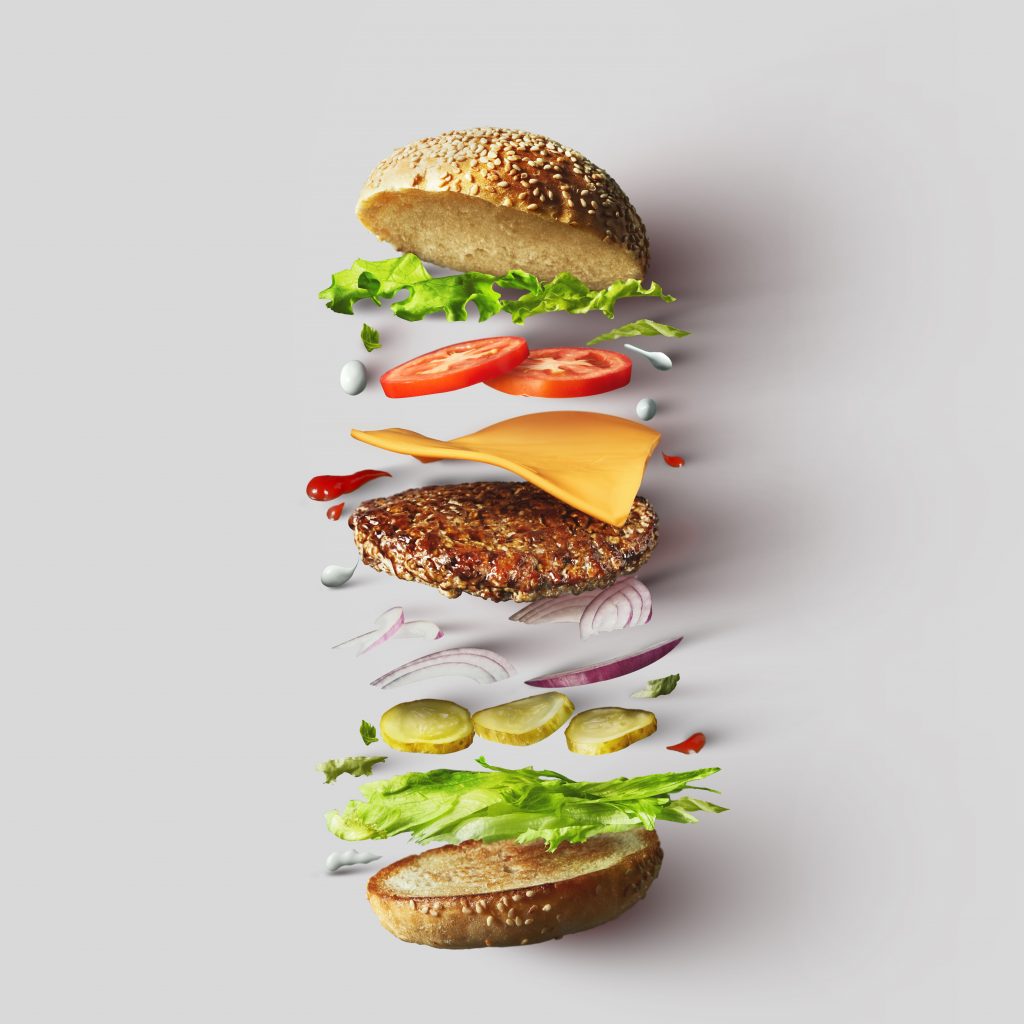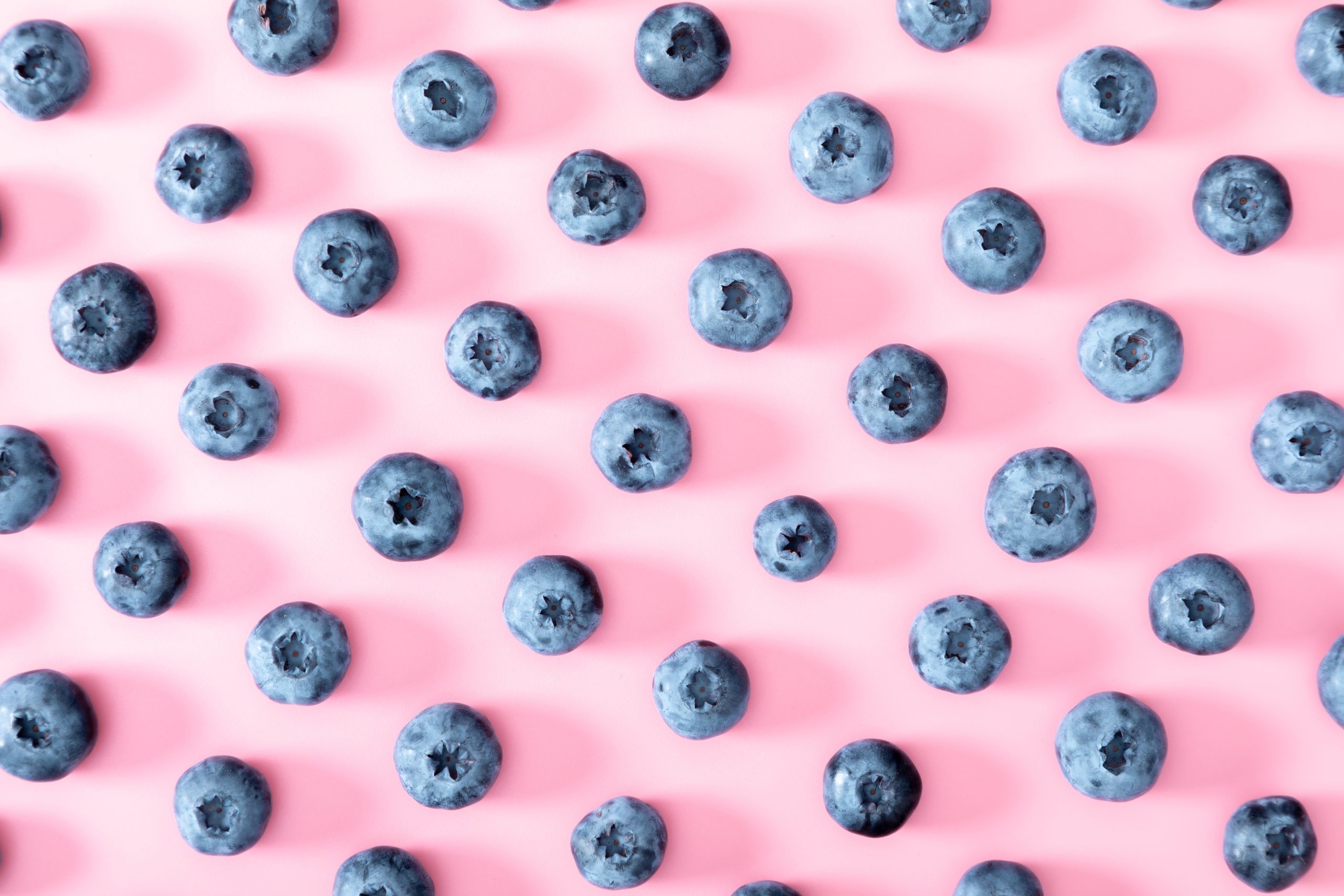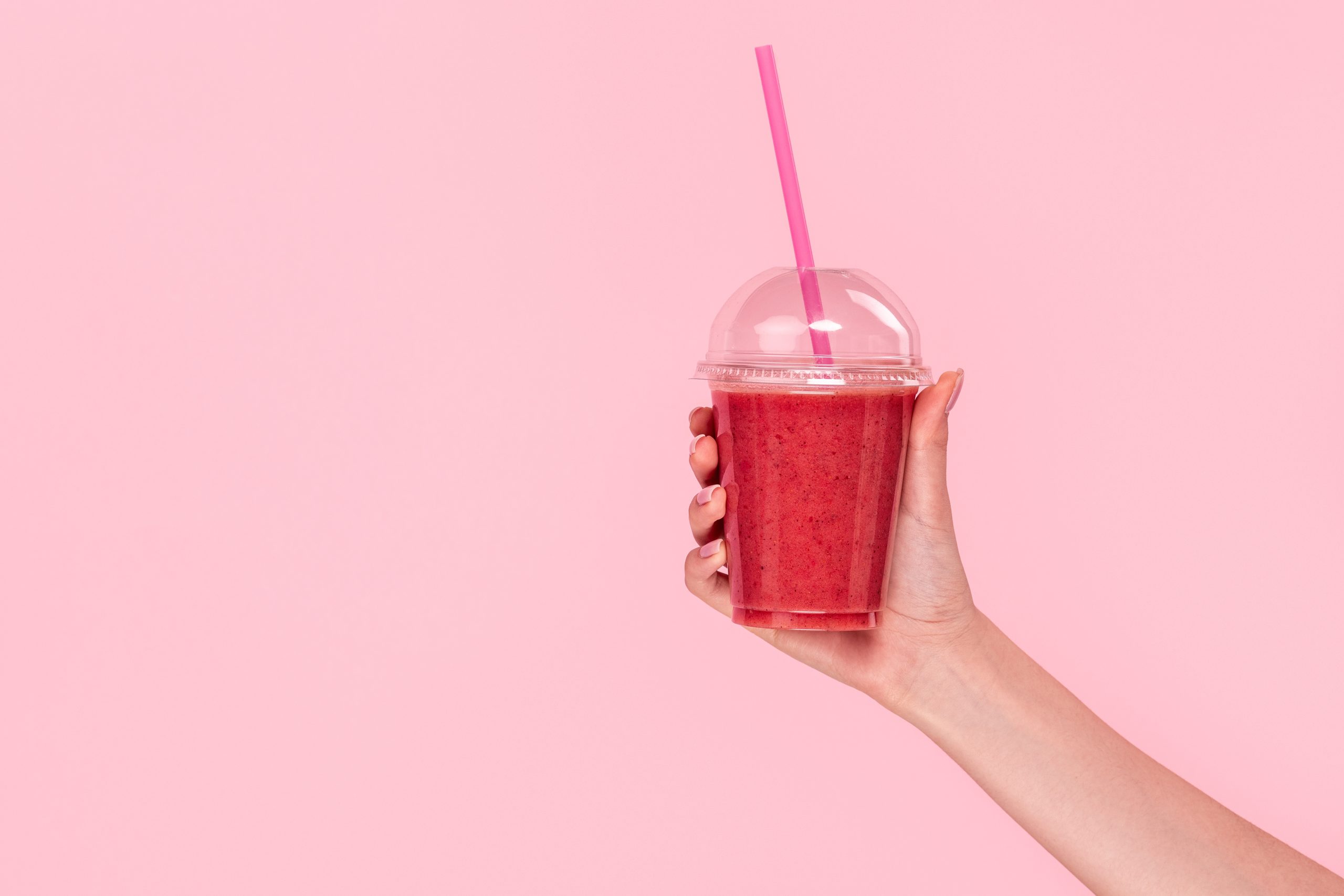Eat food. Not too much. Mostly plants." - Michael Pollan
What is Plant-forward eating?
Plant-forward is a style of cooking and eating that emphasizes getting more plants on your plate! The idea is simple: to eat more plant-based food. Meat and dairy may be included, but it's usually not the main feature of the meal, and often times plant proteins (like legumes, nuts, and seeds) are consumed instead of animal proteins (like beef, milk, and chicken).
Why eat plant-forward?
There are many reasons someone might choose to pursue plant-forward eating. For some people, eating animal proteins might contradict with their religious beliefs. Others might limit the consumption of these foods due to ethical considerations relating to animal welfare, or the environmental impact resulting from raising animals for food. Others may choose a plant-forward diet due to its health benefits, as diet patterns that include a variety of plants are often high in fibre, heart-healthy fats and antioxidants such as vitamin C.
A well-planned plant-forward diet that includes a variety of fruits, vegetables, whole grains and protein-rich foods can contribute to overall health and may aid in the prevention of certain diseases such as heart disease, some cancers, and type 2 diabetes.

FAQs
Q – I am worried that a plant-forward diet won’t be filling enough for me. What can I do?
Plant-forward meals can be as satiating as you want them to be! To add some oomph, try adding some protein-rich lentils, beans or soy-based options (such as tofu or tempeh) to a bowl, soup or salad. Nuts and seeds are also a great option to add more protein and heart-healthy unsaturated fats to a meal. Remember that if you are removing or reducing something (such as animal protein) from your meal, you need to replace it with something with similar nutrients!
Q – I am concerned about getting enough protein if I reduce the amount of animal protein I eat. What can I do?
You can get protein from animals and you can also get protein from plants! Legumes, nuts, seeds, whole grains, and soy are all plants that all contain protein. If you are concerned about your intake, contact a HealthLinkBC Dietitian.
Q – I’m used to creating meals that revolve around meat or dairy. Where do I even begin?
If you hear the phrase “plant-forward” and worry that the rest of your life will be spent eating beans, rice, lettuce, and tomatoes, think again! With a few tools in your tool belt, you will be ready to buy, make, and eat flavorful plant-forward meals that will sustain and satisfy.
For a balanced plant-forward diet check out Canada’s Food Guide, with a focus on including whole grains, beans/legumes, fruits, vegetables, nuts, seeds, and healthy fats in the majority of your meals throughout the day. Use small portions of dairy, meat, fish, eggs, and poultry to add nutrients and flavour - if you want. Here are some tips:
1. Go for ½ and ½
Aim to make at least 50% of all of your meals plants. If you’re making a burger, consider using a whole grain bun, top the patty with veggies, and serve with a salad or roasted vegetables!


2. Colour your plate
Make it a goal to include at least three natural colours in every meal. (Hint: plant foods are rich in a variety of colours and nutrients!) Up for a challenge? Aim for five different colours in your meals throughout your day.
3. Have fun experimenting with cooking
If you hear the phrase “plant-forward” and worry that the rest of your life will be spent eating beans, rice, lettuce, and tomatoes, think again! With a few tools in your tool belt, you will be ready to buy, make, and eat flavourful plant-forward meals that will sustain and satisfy. By learning how to make plant foods look, smell, and taste delicious, you will be more likely to include lots of plants on your plate.

Q – Where can I find plant-based and plant-forward food at UBCO?
All dining locations at UBCO offer plant-forward and plant-based options. You can view the residence dining menus online or see UBCO’s food website to find more vegetarian options in the café’s and outlets around the Okanagan campus!
Q – Where can I find a Registered Dietitian?
If you are a student living in residence at UBC Okanagan email the Registered Dietitian with your food or nutrition question! For everyone else in British Columbia, you can call 811 to speak to a dietitian over the phone or email for free, and many extended health programs (including some coverage through the UBCO Student Benefit package) cover virtual and in-person visits with dietitians.







